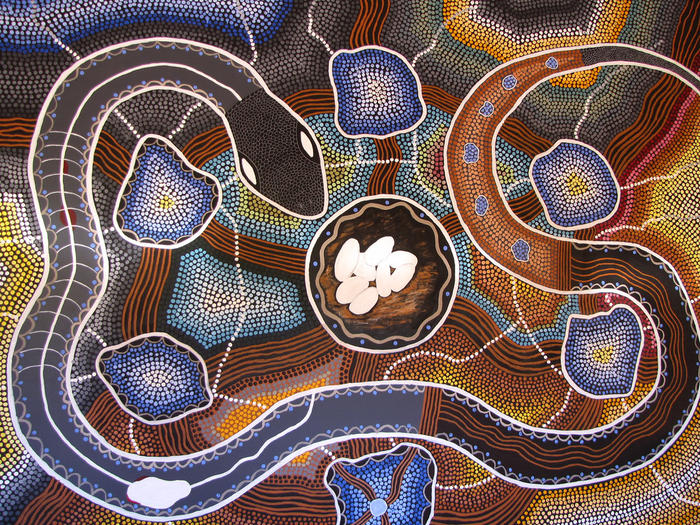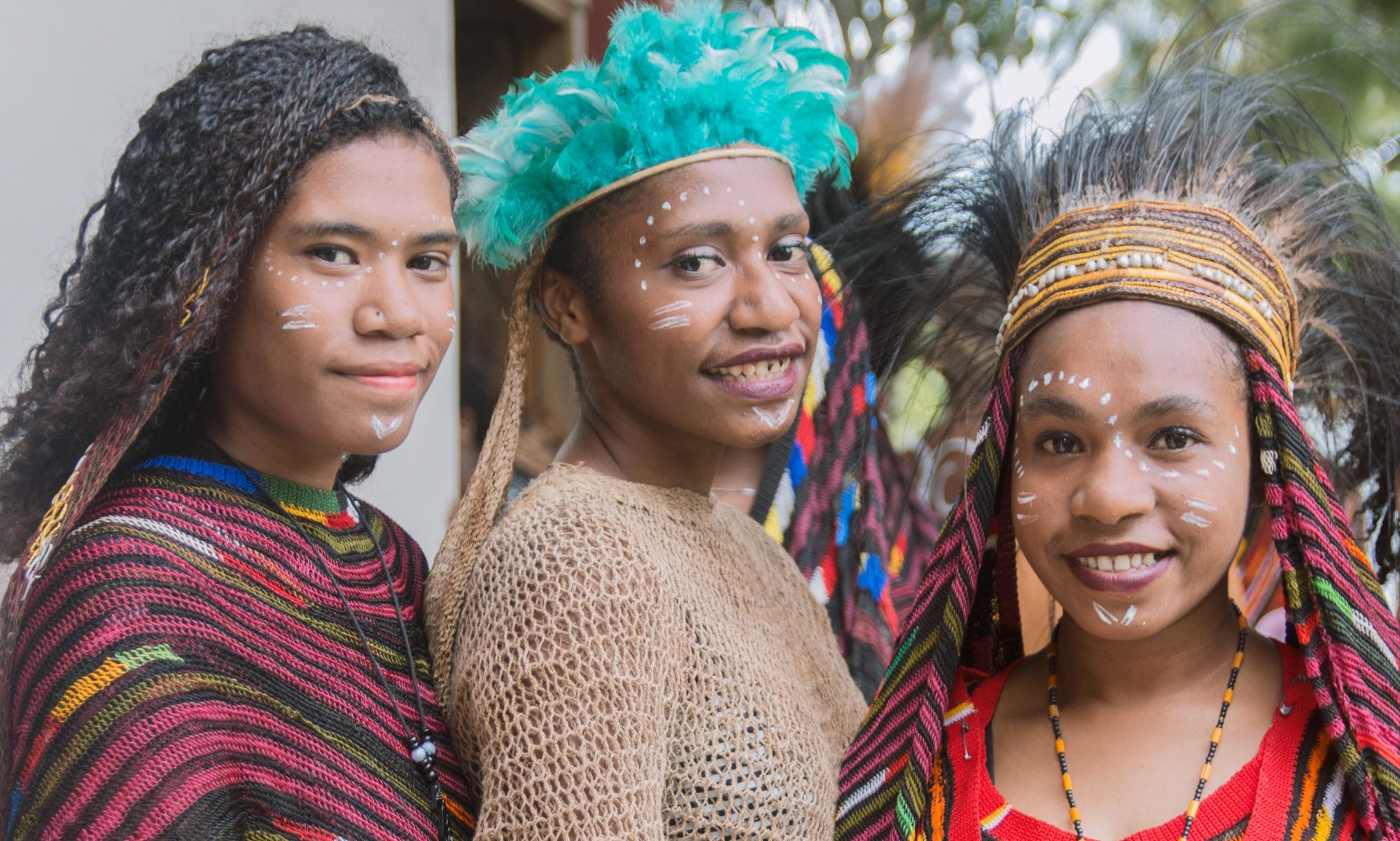Language and culture are interdependent. It has long been understood that language is the verbal expression of culture. It is the medium through which culture is carried and transferred. Stories, songs and the nuanced meaning of words contain the key to understanding one’s world and one’s part within it. Strong culture gives the individual a sense of belonging to people and places.
In the late 18th century, there were between 350 and 750 distinct Australian social groupings, and a similar number of languages. At the start of the 21st century, fewer than 150 indigenous languages remain in daily use, and all except roughly 20 are highly endangered. Of those that endure, only 10% are being learned by children and those languages are usually located in the most isolated areas.
Australian Aboriginal languages, family of some 200 to 300 Indigenous languages spoken in Australia and a few small offshore islands by approximately 50,000 people. Many of the languages are already extinct, and some are spoken by only dwindling numbers of elderly people, but a few are still vigorous. There is currently a resurgence of ethnic pride among Aboriginal peoples, and government programs that assist them in maintaining their languages and becoming literate in them have sprung up.

Evidence of this ethnic and linguistic pride can be seen in the preference of many Indigenous Australians for the use of such self-designations as Koori (also spelled Koorie, meaning “person”) rather than the terms “Aborigine” and “Aboriginal,” which were imposed upon them
Few special words in the aboriginal language:
| Aboriginal Language | English Translation |
| Bunyip | Large mythical creature that lurks in swamps, creeks and riverbeds |
| Gunya | A small temporary shelter |
| Corroboree | Dance festival |
| Woomera | Spear throwing device |
| Cooee! | A special shout to grab attention |

The Aboriginal and Torres Strait Islander go back to at least 50,000 years. Some argue that it is longer than that and closer to 65,000 years.
Here are a few languages in the Aboriginal community.
- Anindilyakwa language- 1300-1500 speakers
- Australian Kriol language- 4,200 speakers
- Kalau Lagau Ya Anindilyakwa language- 700 to 1,200 speakers
- Wangai language- 200 to 300 speakers
- Kuurinji language, Gurindji language- 225 to 900 speakers
Together with hundreds of people and organisations around the country. First Languages Australia is working to make sure these treasures are not lost and that they continue to live on strong and vibrant.


Beautiful!
LikeLiked by 1 person
Many thanks!
LikeLike
Amazing!
LikeLiked by 1 person
Keep up the good work
LikeLike
Sure will! 🙂
LikeLike
Wowww!😍
LikeLiked by 1 person
Amazing 👍
LikeLiked by 1 person
Thanks!
LikeLike
Nice job
LikeLiked by 1 person
Superb. We need sensitivity to even bother ourselves on such topics. 👏👏
LikeLiked by 1 person
word.
LikeLike
Splendid
LikeLiked by 1 person
Keep up the good work..
LikeLiked by 1 person
thank you!
LikeLike
amazing….very creative!!
LikeLike